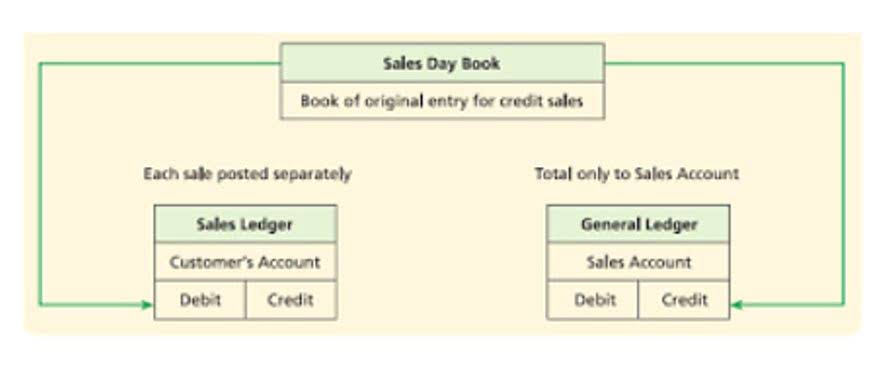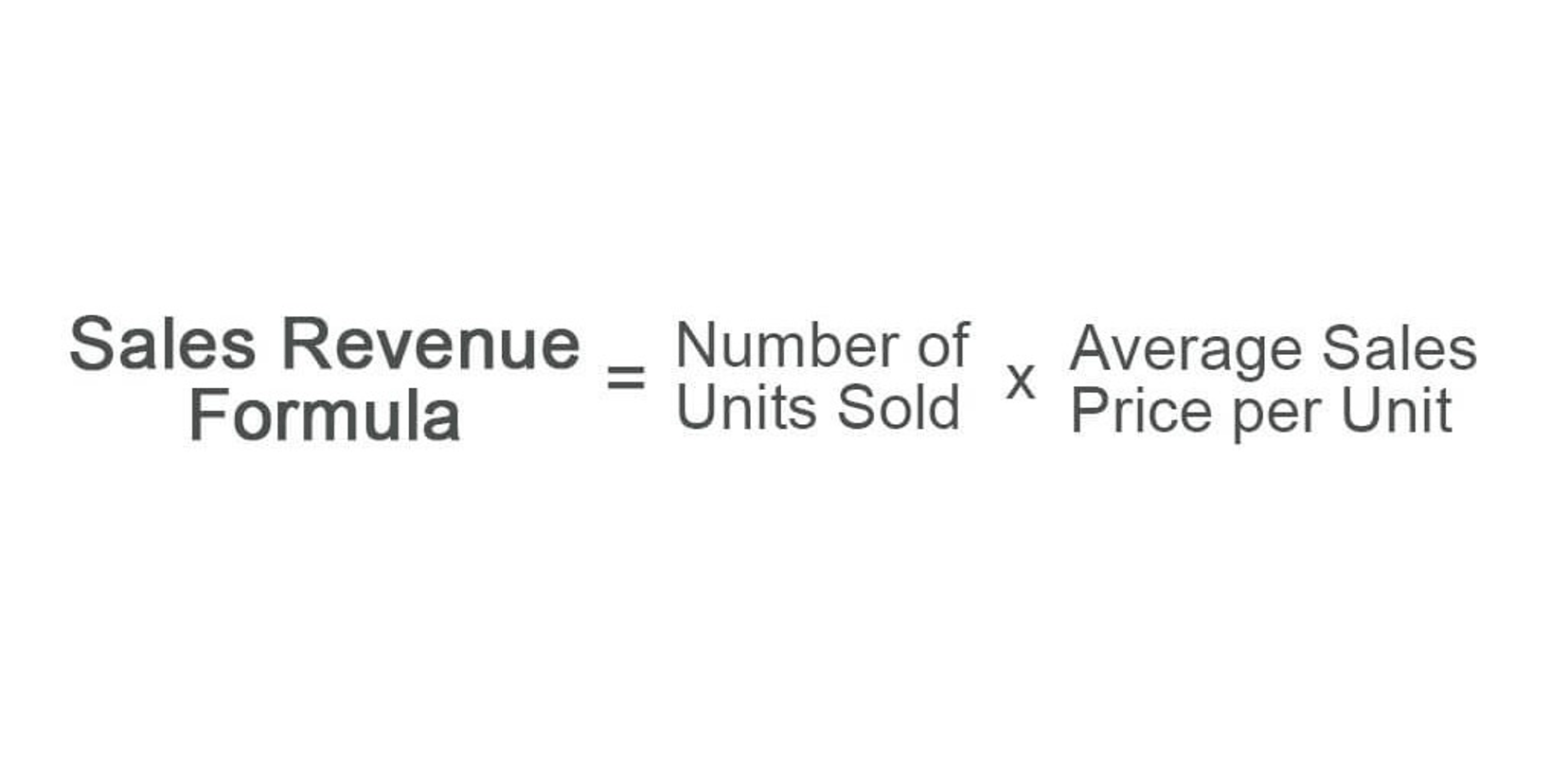08 Sep Understanding Payment Terms: Net 30, Net 60 and More explained The Folklore Hub

For suppliers, Net net 60 terms meaning 60 payment terms can be a game-changer in winning new business. By providing more flexible payment terms to your customers, you can stand out from your competitors and attract more customers to your business. Moreover, Net 60 payment terms can help improve your cash flow by providing a longer window to receive payment. Building a consistent cash flow for your business will help alleviate the impact of potential financial issues down the road. To decrease the amount of bad debt within your business, one tactic is to provide customers with early payment term discounts.

What are net 60 payments? Definition and examples
The wholesaler is demanding the total amount of $7,000 that needs to be paid within 60 days (i.e. before the 2nd of Oct). So, as a retail store owner, you need to sell goods and earn money that can be used to clear the outstanding amount of $7,000. With net 60 payment terms applied on invoices, vendors won’t get an immediate payment and this can negatively affect the cash flow, especially for small businesses. Invoices will usually include both the issue date and due date to eliminate confusion. If you’re using accounts payable (AP) automation, you can automatically track due dates to avoid late payments and maintain good vendor relationships. Newer businesses or those with inconsistent cash flow may not qualify for net 60 initially.
Design Invoices in

If for some reason your payment terms are being determined by only business days, you can easily use a business days calculator to calculate the business days between a specified start and end date. That way you just plug in the dates without having to sit at a calendar counting each day by hand. An invoice with 2/10 net 30 symbolizes that you can avail of a 2% discount on the invoice balance if paid within 10 days. If the dues are still pending after 10 days, unearned revenue the early payment discount is no longer valid, meaning you need to pay the full amount without any discount.
Late or non-payment
In the end, you simply have to weigh the advantages against the disadvantages of this payment method. For my business, one of the headaches was managing both stocks and expenses. Luckily, I switched to Moon Invoice and found the hassles of stock and expense management getting faded. Switch to Moon Invoice and make professional invoices that accelerate your payment collecting process without making you wait longer. Discover how early payment discounts can boost supplier loyalty and improve supply chain efficiency with data-driven insights and real-worl…
Due Upon Receipt (Immediate Payment)

Net 60 terms may allow the retail stores and eCommerce companies to sell the goods to ultimate customers before the supplier invoice payment is due in 60 days. A supplier’s credit department approves or declines new customers for credit accounts and sets a credit limit after performing a credit check with business credit bureaus. To Financial Forecasting For Startups perform the credit check, vendors use the company‘s name and address, or a DUNS number at Dun & Bradstreet (D&B) or a similar identifier for other credit reporting companies. Your suppliers and vendors can send digital copies of invoices via email, then BILL will automatically route the appropriate approvals and payments according to your policies and the sellers’ terms.
- If payment is still not received after multiple reminders, you may consider hiring a debt collection agency to handle the matter.
- Net 60 payment terms allow a 60-day period for the invoice balance to be paid.
- So, if customers fail to pay within the agreed-upon timeframe, they will be charged a late fee along with the billed amount.
- For instance, 1/5 Net 7 allows the buyer to receive a 1% discount if they pay within five days of the invoice date.
- They will pay you up to 90% of the invoice’s face value within a day of delivering the invoice, offer your customers net terms up to 90 days, and chase after the payments themselves.
Get in touch with an expert. Talk with sales.
Net 60 payment terms tell the buyer that they have 60 days to make payment from the date the invoice was issued. While it can be tricky to time payments and manage discount opportunities as your business grows, using an automated accounts payable system, like BILL, makes the process much more straightforward. If the customer does not send payment within 60 days, the business may charge interest and late fees or escalate the issue with legal action to recoup the payment. Typically, they just need to include the phrase ‘net 60’ on the invoice before sending it to the customer. Keep in mind the importance of clear communication and strategic planning when implementing Net 60 or any payment terms.

For B2C companies, offering net terms can differentiate your business from its competitors and help you manage accounts receivable. Here’s what to know about net 30, net 60, and net 90, and whether these payment terms are right for your business. Net 60 payment terms refer to the period of 60 days in which your invoice will be due. It is a long payment term that indicates 60 days in which customers should clear their pending dues. Anything after 60 days will result in late payment fees that will be added to the invoice balance.
How to calculate a 2/10 net 60 discount
The terms state the period in which the buyer needs to pay the seller’s invoice. They exist to allow buyers longer to settle their accounts while providing sellers with a defined payment date. They are the threads that weave the tapestry of cash flow management, and understanding them is essential for navigating the financial landscape of business transactions. Net 60 means the customer has a 60-day period to pay for their goods or services before the bill is past due. It may be 60 days from the date of the sale, the date of delivery, the date on which the invoice is sent, or the date on which the invoice is received.

Sorry, the comment form is closed at this time.